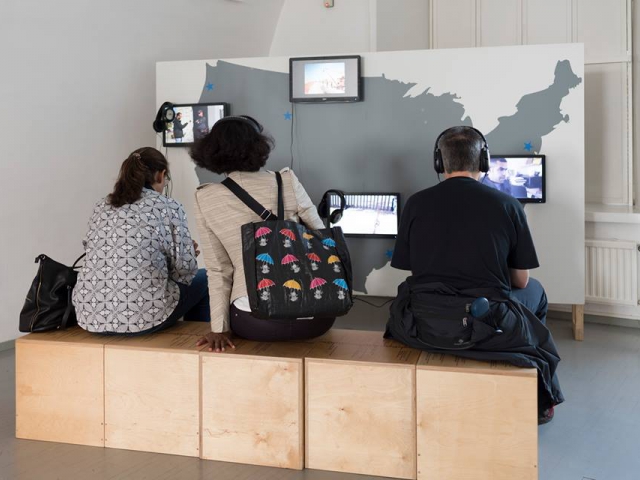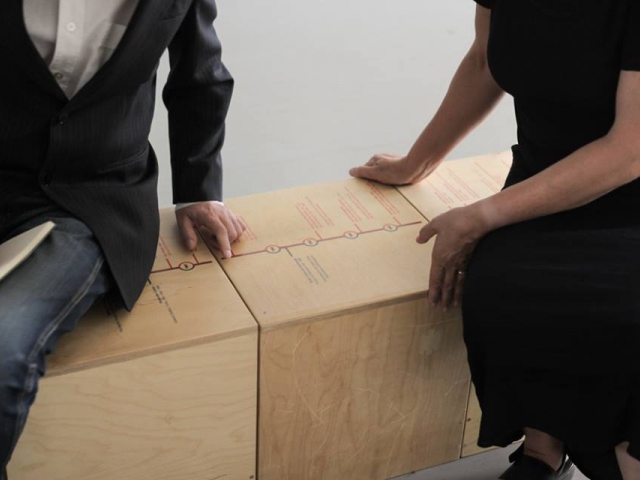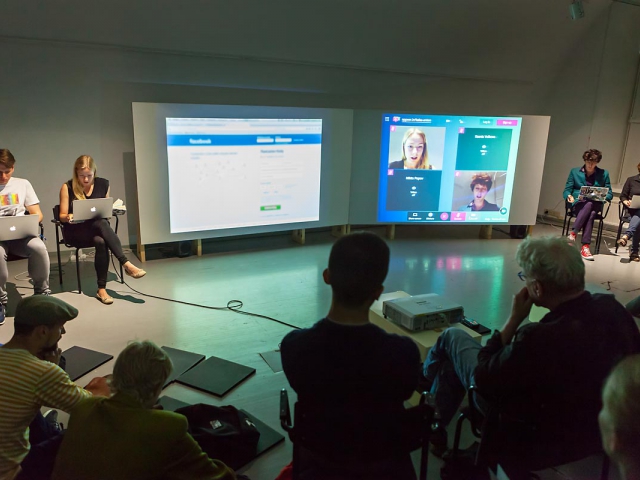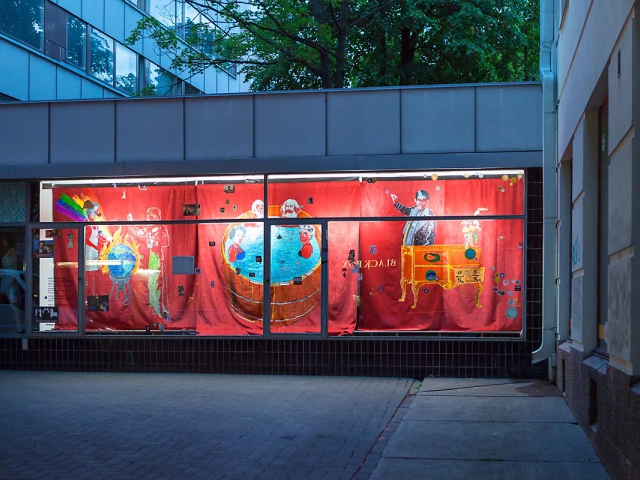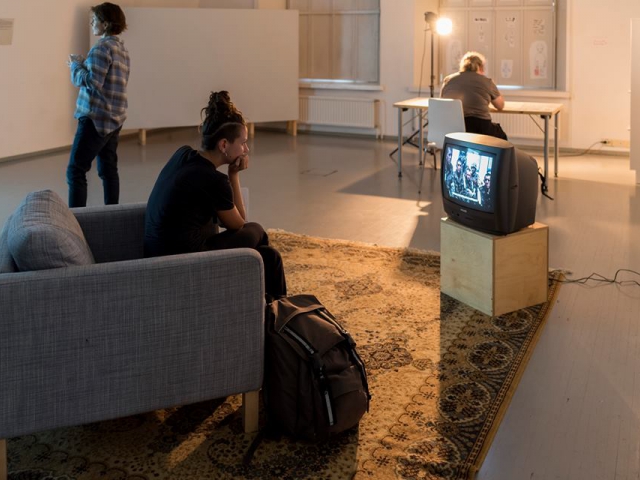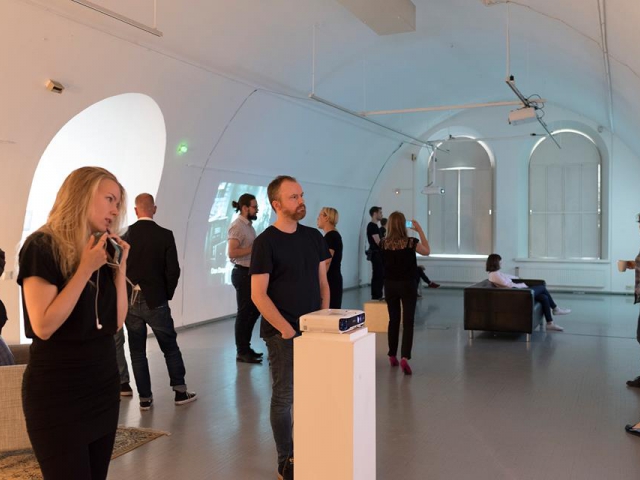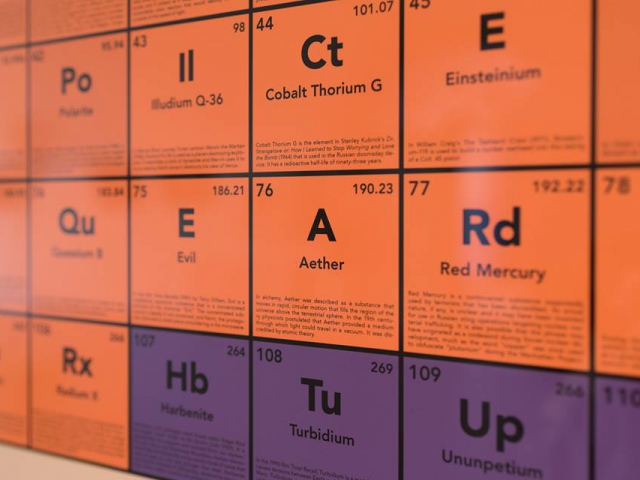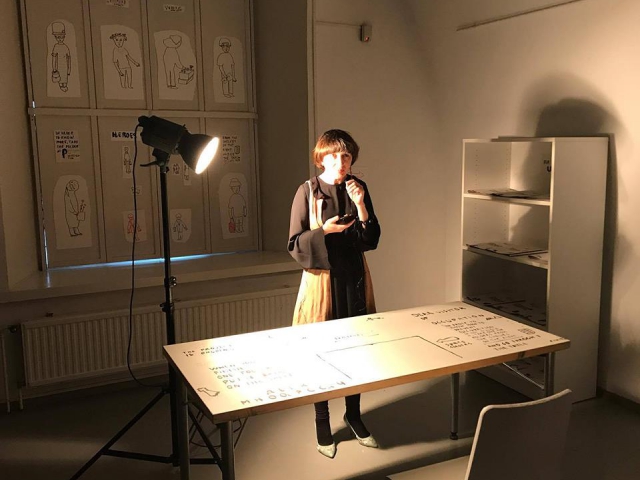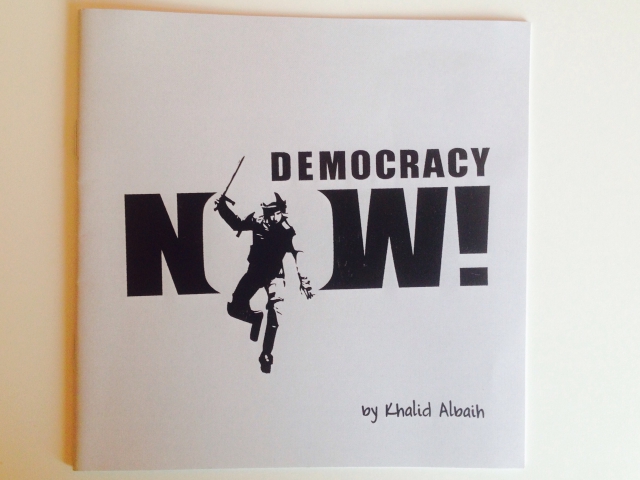- English
- Русский
States of Control
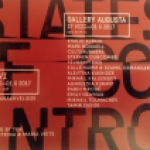
The Creative Association of Curators TOK
HIAP - Helsinki International Artist Programme
and Alkovi Gallery present
www.tok-spb.org / www.hiap.fi / www.alkovi.com
opening hours:
HIAP Augusta Gallery:
On view: 17.08. – 01.10. 2017 (TUESDAY – SATURDAY: 12.00– 16.00)
Also open on Sunday 01.10 13.00 – 16.00
HIAP Gallery Augusta (Suomenlinna B 28/2, Helsinki)
googlemap: https://goo.gl/maps/r3pdzHZ2Nkv
Alkovi Gallery:
On view: 05.08 - 01.10.2017
Helsinginkatu 19, Kallio, Helsinki
Open daily, 24 hours
The political turbulence and conflicts of the last few years have launched numerous propaganda campaigns and battles in the press. The war in Syria, emerging opposition between Russia, Europe and the US, Brexit, forced migration, increase of terrorism in Europe and other issues have been circulating in the media and often used as elements of massive political games and power relations. Today, ’alternative facts’, propaganda, fake news, and carefully designed media narratives have more control over our lives than ever. We have become utterly dependent on our electronic newsfeeds, which we allow to shape our worldviews and opinions. At the same time, military conflicts are being silenced, information is hacked and manipulated, and civic engagement is getting more controlled. Right-wing governments take over the world while democratic regimes exercise hypocritical principles. Therefore, it becomes a highly necessary competence for audiences across the world to understand the mechanisms of media strategies and find new ways of resisting control and manipulation.
Curated by St Petersburg-based curatorial duo TOK (Anna Bitkina and Maria Veits) the project ‘States of Control’ brings together artists, researchers and curators from a vast geographical background: Georgia, Israel, Finland, Lebanon, Russia, Sudan, Ukraine, Poland, and the USA. Fourteen projects and works presented at the exhibition refer both to recent and historical phenomena spanning a wide spectrum from opposition of the USSR, the US and Middle East during the Cold War and controversial position of Finland during that time and the recent conflict between Russia and Ukraine. In their projects artists use diverse methods to address the multiple ways in which facts (or fiction?) are conveyed by media, mass culture and education to shape the realities we exist in.
In her ongoing anti-Cold War project 'Ice Station Zebra', Emily Newman encourages children from Russia, Norway and the US learn about the relations of the US and the USSR in the mid-20s century in a format of a game using the language of pulp fiction literature and film and question the long-lasting opposition between the countries. Yevgeniy Fiks focuses on generating the image of the enemy based on political and gender aspects in the 1950’s America, when politicians were labeling communists and homosexuals as spies. Parts of Soviet short propaganda films mixed with American commercials and found footage is an ironic take of Mark Boswell on the confrontation between the USSR and the USA using the cinematic language. Kalle Hamm and Dzamil Kamanger also look at the Cold War through the prism of art - in their new work Finland appears to be an art battlefield, where the East competes with the West. New film 'Art Under Cover' by Tamir Zadok follows the story of the Mossad agent who long served as a spy in Egypt assuming the identity of a French painter. Analysis of this mixed identity turns Tamir to research of his own Israeli-Arab heritage as well as the role of an artist in propaganda and ideological discourse.
Facts and fiction are mixed in the works of Rabih Mroué and Mikhail Tolmachev, who both unveil media strategies by re-staging events and mixing factual and propagandist footage stimulating the audience for critical approach and action. Unlike Tolmachev, when talking about Ukrainian-Russian military conflict Alevtina Kakhidze uses a different angle and suggests a personal approach to gathering information about war, propaganda and ideology. This preventive measure against occupation - also an occupation of one’s mind and vision - is an attempt to find information ourselves and sometime ignore official news.
As reaction to recent major political events and as a resistance strategy toward manipulation cartoonist Khalid Albaih conveys an immediate response through his snappy and sarcastic cartoons in the social media while artists network Cutluterunners create their own channel of alternative media discourse by hi-jacking massive world media platforms. In his new play Mikhail Kaluzhsky deals with accelerated media flow, online shaming in Facebook and self-censorship in both art and journalism. Installed in the vitrine of Alkovi, the red velvet curtain by Lado Darakhvelidze juxtaposes historical political figures and iconic images and characters of today’s visual culture and media. Being extremely ideologically and politically charged, the images are combined with allegories of the mass and social media, the main tools of ‘cooking’ our worldview and opinions today.
Objectivity of information and even knowledge is hardly possible - some things that we firmly believed were true fifty years ago turn into urban myths and lies today, states Agnieszka Kurant, but they still managed to influence political events, social order and cultural codes that we use today. The term propaganda was born yet in 1622, as we are reminded by Stephen Duncombe, and what we experience today is not something entirely new but maybe there can be new ways of how we can oppose it?
‘States of Control’ aims at constructing a continuous dialogue between artists and the public of different ages and generations in order to stimulate critical thinking around the topics of information manipulation, the history of propaganda, post-truth and constructing news during times of political unrest. The project proposes and tests different methods of historical analysis, journalistic investigation, and creation of additional media discourses. What are the limits of control when it comes to controlling media and who actually owns information? Is it possible to avoid propaganda at all? Or will the ones in power always impose their vision on the oppressed and rewrite facts and history according to their interests? The initiators of ‘States of Control’ create a safe and censorship free environment where these questions can be discussed and opposing political statements can be accepted and taken under consideration for further analysis.
The exhibition, initiated by the Creative Association of Curators TOK and conducted in collaboration with HIAP and Urb Festival, is presented at two main venues: Alkovi Gallery and HIAP Gallery Augusta. It consists of a broad variety of works and includes political cartoons and caricatures, prints, combinations of archival and fictional materials, reconstruction of political events, a new performative play, video installations, murals, collages, found materials, collections of books, and other projects.
The exhibition was accompanied by the performative talk show 'I've Got the Power!’ on media reality, propaganda and post-truth with the participation of experts on media studies, journalists and exhibition artists.
Speakers include Maxim Alyukov, Saara Ratilainen, Kalle Hamm, Alevtina Kakhidze, Mikhail Kaluzhsky, Anna Bitkina, and Maria Veits. The show anchorman is Denis Maksimov (Avenir Institute).
The project ‘States of Control’ is a part of the HIAP ‘Connecting Points’ program and is supported by KONE Foundation and The Ministry of Education and Culture of Finland. The project is conducted in collaboration with Urb Festival 2017.
The project ‘States of Control’ is curated by TOK - a curatorial duo founded by Anna Bitkina and Maria Veits for conducting multidisciplinary projects in Russia and beyond.



